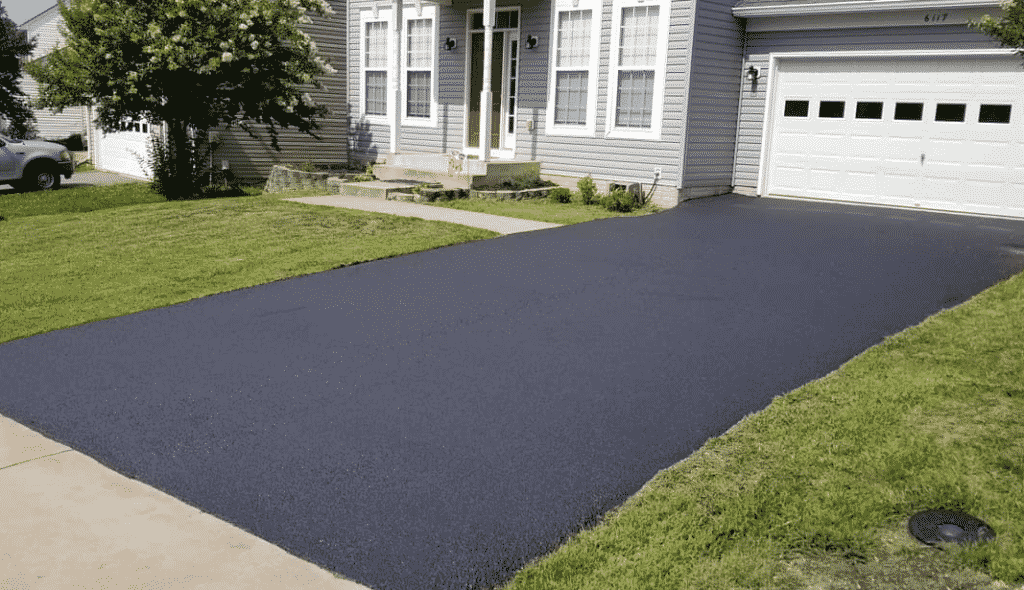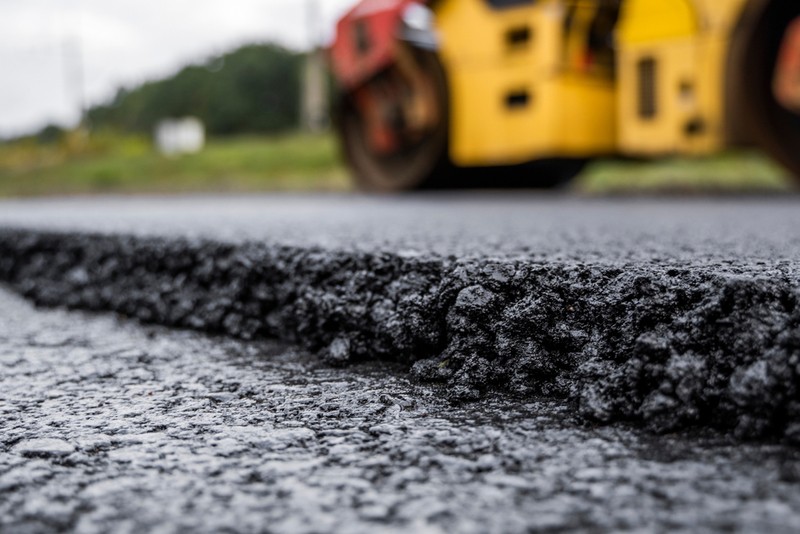Swift Solutions for Asphalt Patch Repair: Optimum Sealing Techniques
Swift Solutions for Asphalt Patch Repair: Optimum Sealing Techniques
Blog Article
Cold Mix Asphalt Vs. Hot Mix Asphalt: Which Is Right for You?

Make-up Differences
Cold mix and warm mix asphalts differ substantially in their composition, with unique characteristics that influence their performance and applications. Cold mix asphalt is created by emulsifying the asphalt binder with water and an emulsifying representative before blending it with aggregate. This technique allows for the asphalt to be workable at lower temperatures, making it excellent for short-term fixings and for usage in colder climate problems. Hot mix asphalt, on the other hand, is produced at high temperatures, typically between 300-350 ° F, which assists to attain far better compaction and a much more durable last item. The hot mix asphalt manufacturing procedure entails warming the aggregate and asphalt binder independently prior to incorporating them at the asphalt plant.
Furthermore, cold mix asphalt tends to be less dense and much more versatile than warm mix asphalt. This versatility makes it much better matched for areas with greater levels of motion, such as driveways or roadways with rush hour. On the other hand, hot mix asphalt is understood for its high resilience and resistance to rutting and breaking, making it a preferred choice for highways and high-traffic roadways where longevity is crucial.
Installment Refine Variations
The process of setting up chilly mix and warm mix asphalt exhibits significant differences in their requirements and procedures. In comparison, warm mix asphalt necessitates a much more intricate installation process. Due to the home heating demands, warm mix asphalt installments are commonly carried out by experts with customized equipment, guaranteeing an extra structurally audio and irreversible outcome.
Resilience and Long Life Elements
When taking into consideration asphalt alternatives, durability and durability are vital variables to evaluate for long-term pavement performance. Warm mix asphalt (HMA) is recognized for its exceptional durability and longevity. The heats during the laying and blending procedure enable much better compaction, leading to a denser and stronger pavement framework. This results in HMA being a lot more immune to heavy traffic loads, harsh weather, and the results of aging compared to chilly mix asphalt (CMA)
In regards to durability, HMA generally outperforms CMA due to its remarkable stamina and resistance buildings. HMA pavements have a longer life span, needing less regular repair work and upkeep, which can translate to set you back savings in the future. Furthermore, HMA sidewalks are extra conveniently customizable to fulfill particular job demands, further improving their durability.
Expense Considerations
Thinking about the economic effects is a crucial element when reviewing the selection in between warm mix asphalt (HMA) and chilly mix asphalt (CMA) for pavement jobs. While the preliminary expense of hot mix asphalt is usually greater than that of cool mix asphalt, HMA often provides an extra affordable service in the long run due to its exceptional sturdiness and durability.
Along with material prices, it's important to take site into consideration the expenditures associated with setup and maintenance when contrasting HMA and CMA. HMA usually needs specialized equipment and proficient labor for proper setup, which can impact overall project prices. On website here the other hand, CMA is simpler to function with and can often be applied using simpler techniques, potentially decreasing setup expenses. Inevitably, the decision between HMA and CMA ought to think about not simply the initial price however also the lasting monetary implications to identify one of the most affordable choice for the details sidewalk project.
Environmental Influence Comparison
Contrast of the ecological influences in between warm mix asphalt (HMA) and cold mix asphalt (CMA) reveals distinct differences in sustainability practices. HMA production needs high temperature levels, leading to boosted power usage and greenhouse gas exhausts.
Furthermore, the use of CMA typically includes recycling existing asphalt pavement, promoting resource preservation and lowering the quantity of waste sent to garbage dumps. This recycling aspect further boosts the sustainability of CMA compared to HMA. On the whole, when taking into consideration the ecological effect, CMA becomes an extra environmentally lasting option because of its lower power demands, minimized emissions, and the potential for reusing existing top article materials. By opting for CMA over HMA, roadway building and construction jobs can contribute favorably to ecological conservation initiatives.
Conclusion
To conclude, the option between cool mix asphalt (CMA) and warm mix asphalt (HMA) depends on different variables such as composition, setup procedure, longevity, longevity, expense, and ecological impact. asphalt patch repair. While CMA provides a fast and cost-effective service for small repair work, HMA makes sure premium toughness and long life for rush hour locations. Take into consideration these variables carefully to figure out which kind of asphalt is the appropriate choice for your paving needs

Considering the monetary effects is a vital facet when assessing the choice in between hot mix asphalt (HMA) and chilly mix asphalt (CMA) for pavement tasks. While the initial expense of warm mix asphalt is usually greater than that of cool mix asphalt, HMA commonly provides a much more cost-efficient solution in the long run due to its remarkable resilience and durability. asphalt repair.Comparison of the environmental effects in between warm mix asphalt (HMA) and cold mix asphalt (CMA) exposes unique distinctions in sustainability techniques.In final thought, the option in between cool mix asphalt (CMA) and warm mix asphalt (HMA) depends on numerous variables such as structure, setup process, toughness, durability, price, and environmental impact
Report this page